Home>Furniture & Design>Bathroom Accessories>Why Does My Philips Sonicare Toothbrush Turn On By Itself?
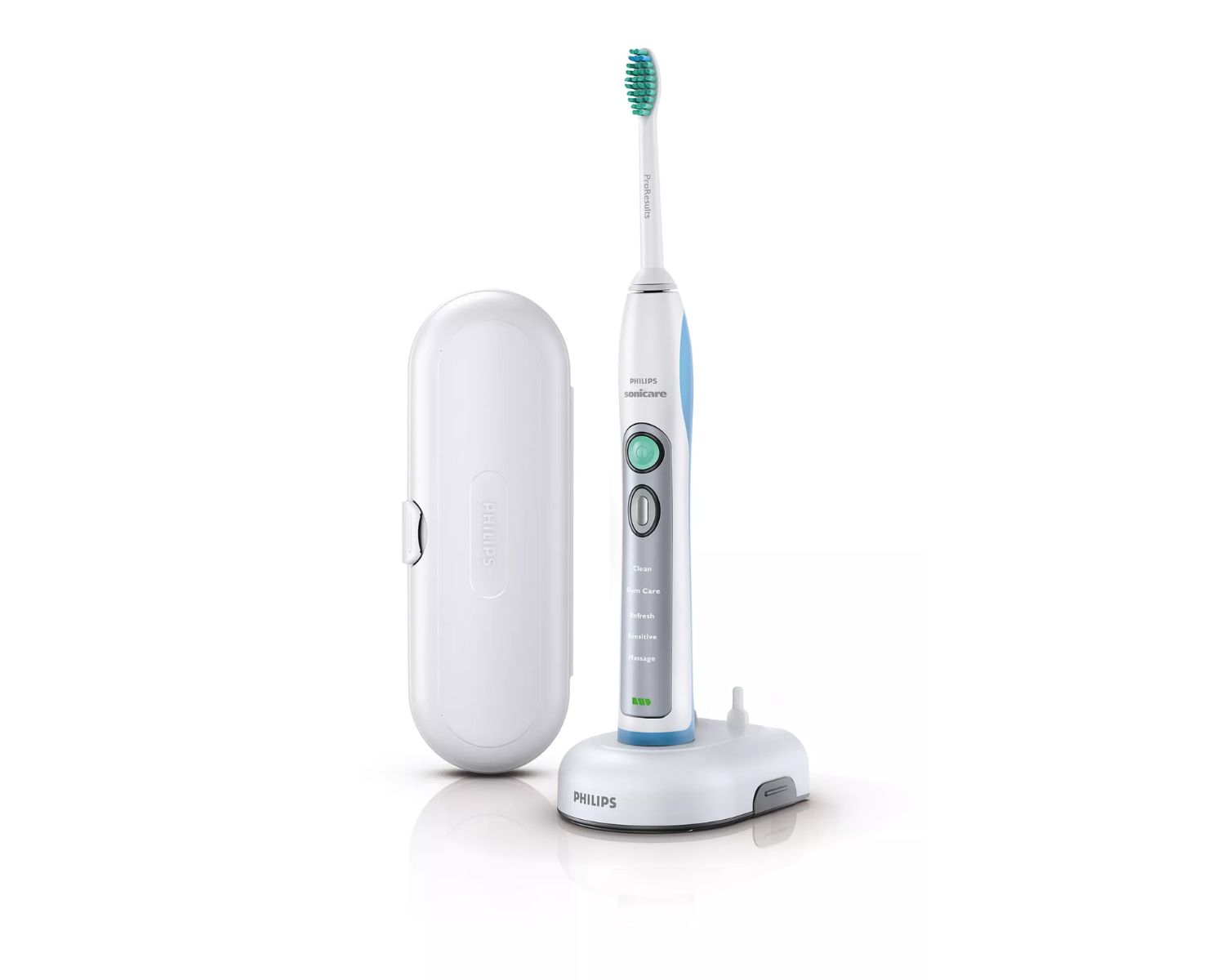

Bathroom Accessories
Why Does My Philips Sonicare Toothbrush Turn On By Itself?
Published: February 11, 2024
Discover the reasons behind your Philips Sonicare toothbrush turning on by itself. Find solutions and bathroom accessories to prevent this issue.
(Many of the links in this article redirect to a specific reviewed product. Your purchase of these products through affiliate links helps to generate commission for Storables.com, at no extra cost. Learn more)
Introduction
If you've ever experienced the perplexing phenomenon of your Philips Sonicare toothbrush turning on by itself, you're not alone. This unexpected activation can be both puzzling and inconvenient, leaving you wondering what might be causing it. Understanding the potential reasons behind this curious behavior and learning how to prevent it can help you regain control over your toothbrush and ensure a hassle-free oral care routine.
The self-activation of your Philips Sonicare toothbrush may seem like a mysterious occurrence, but there are logical explanations for this behavior. By delving into the possible causes and exploring effective solutions, you can gain valuable insights into maintaining the optimal functionality of your toothbrush. Let's unravel the mystery behind why your Philips Sonicare toothbrush may turn on by itself and discover practical ways to address this intriguing issue.
Key Takeaways:
- Beware of moisture and mechanical issues to prevent your Philips Sonicare toothbrush from turning on unexpectedly. Regular maintenance and environmental considerations can help maintain its optimal functionality.
- Keep your Philips Sonicare toothbrush dry, away from vibrations, and follow battery and software care guidelines to prevent self-activation. Professional assessment may be needed for persistent issues.
Possible Causes of Self-Activation
The self-activation of your Philips Sonicare toothbrush can be attributed to several potential causes, each of which may contribute to this perplexing behavior. Understanding these factors is crucial in identifying the root cause and implementing effective solutions to prevent the toothbrush from turning on unexpectedly. Here are some possible reasons for the self-activation of your Philips Sonicare toothbrush:
-
Moisture Build-Up: One common cause of self-activation is moisture accumulation within the power button or handle of the toothbrush. This can occur when water or toothpaste residue seeps into the internal components, leading to unintended activation. Moisture-related issues may trigger electrical signals, causing the toothbrush to turn on without user input.
-
Mechanical Malfunction: A malfunction in the internal mechanical components of the toothbrush can also result in self-activation. This may include issues with the power button, circuitry, or other electronic elements. Over time, wear and tear or manufacturing defects can contribute to erratic behavior, causing the toothbrush to turn on spontaneously.
-
Vibrations and Movement: Vibrations from nearby appliances or movements in the surrounding environment can inadvertently trigger the power switch of the toothbrush. External factors such as the proximity to other electronic devices or sudden jolts can disrupt the sensitive mechanisms within the toothbrush, leading to unintended activation.
-
Battery Anomalies: Irregularities in the battery performance or charging process can lead to unexpected activation. This may occur if the battery is damaged, overcharged, or experiencing fluctuations in power delivery. Battery-related issues can manifest as erratic behavior, including the spontaneous activation of the toothbrush.
-
Software Glitches: In some cases, software glitches or firmware issues within the toothbrush's internal programming can cause self-activation. These digital anomalies may result from software updates, programming errors, or compatibility issues with external devices, leading to unanticipated activation of the toothbrush.
Identifying the specific cause of self-activation is essential in implementing targeted solutions to address the issue effectively. By recognizing these potential factors, you can take proactive steps to prevent the spontaneous activation of your Philips Sonicare toothbrush and ensure a seamless oral care experience.
If your Philips Sonicare toothbrush turns on by itself, try removing and reinserting the brush head. If the issue persists, contact Philips customer support for further assistance.
Solutions to Prevent Self-Activation
Addressing the self-activation of your Philips Sonicare toothbrush requires a strategic approach aimed at mitigating the potential causes identified earlier. By implementing targeted solutions, you can effectively prevent the toothbrush from turning on unexpectedly, restoring peace of mind and convenience to your oral care routine. Here are practical measures to prevent self-activation and maintain the optimal functionality of your toothbrush:
-
Moisture Management: To mitigate the impact of moisture-related issues, ensure thorough drying of the toothbrush handle and power button after each use. Wiping the exterior with a dry cloth and storing the toothbrush in a well-ventilated area can help prevent moisture accumulation, reducing the likelihood of unintended activation.
-
Regular Maintenance: Engage in routine maintenance practices recommended by Philips Sonicare, such as cleaning the handle and ensuring proper sealing to prevent water ingress. Following the manufacturer's guidelines for maintenance and care can help uphold the integrity of the toothbrush's internal components, minimizing the risk of self-activation.
-
Environmental Considerations: Position the toothbrush away from sources of vibration and electromagnetic interference, such as other electronic devices or appliances with powerful motors. Creating a stable and isolated storage environment for the toothbrush can reduce external influences that may trigger unintended activation.
-
Battery Care: Monitor the battery performance and adhere to the recommended charging practices outlined in the user manual. Avoid overcharging the toothbrush and promptly address any indications of battery irregularities, such as rapid power drainage or unusual behavior, to prevent potential self-activation due to battery anomalies.
-
Software Updates: Stay informed about software updates and firmware releases provided by Philips Sonicare. Installing the latest software patches and ensuring compatibility with external devices can help mitigate software-related glitches that may contribute to the toothbrush's spontaneous activation.
-
Professional Assessment: If self-activation persists despite implementing the aforementioned measures, consider seeking professional assessment and servicing from authorized technicians. Professional evaluation can identify underlying mechanical or electronic issues that require specialized attention to restore the toothbrush to its optimal functionality.
By proactively implementing these solutions, you can effectively prevent the self-activation of your Philips Sonicare toothbrush, ensuring a reliable and hassle-free oral care experience. These measures not only address the immediate concern of unintended activation but also contribute to the overall maintenance and longevity of your toothbrush, enhancing its performance and reliability over time.
Conclusion
In conclusion, the unexpected self-activation of your Philips Sonicare toothbrush can be a perplexing experience, but by understanding the potential causes and implementing targeted solutions, you can effectively prevent this phenomenon and maintain the optimal functionality of your oral care device.
By recognizing the diverse factors that may contribute to self-activation, including moisture build-up, mechanical malfunctions, external vibrations, battery anomalies, and software glitches, you gain valuable insights into the complex interplay of internal and external influences on the toothbrush's behavior. This understanding empowers you to take proactive measures to address each potential cause, mitigating the risk of unintended activation and ensuring a seamless user experience.
The practical solutions outlined, such as moisture management, regular maintenance, environmental considerations, battery care, software updates, and professional assessment, provide a comprehensive framework for preventing self-activation and preserving the reliability of your Philips Sonicare toothbrush. By incorporating these measures into your oral care routine, you not only address the immediate concern of unexpected activation but also contribute to the long-term durability and performance of your toothbrush.
Maintaining a proactive approach to the care and maintenance of your Philips Sonicare toothbrush is essential in safeguarding against self-activation and optimizing its functionality. By adhering to recommended practices, staying informed about software updates, and promptly addressing any indications of irregular behavior, you can uphold the integrity of your toothbrush and enjoy a consistent and reliable oral care experience.
In essence, the self-activation of your Philips Sonicare toothbrush, while initially puzzling, can be effectively managed through a combination of preventive measures and proactive maintenance. By leveraging these insights and implementing targeted solutions, you can regain control over your oral care routine, ensuring that your toothbrush operates reliably and seamlessly, without unexpected activations disrupting your daily routine.
Frequently Asked Questions about Why Does My Philips Sonicare Toothbrush Turn On By Itself?
Was this page helpful?
At Storables.com, we guarantee accurate and reliable information. Our content, validated by Expert Board Contributors, is crafted following stringent Editorial Policies. We're committed to providing you with well-researched, expert-backed insights for all your informational needs.
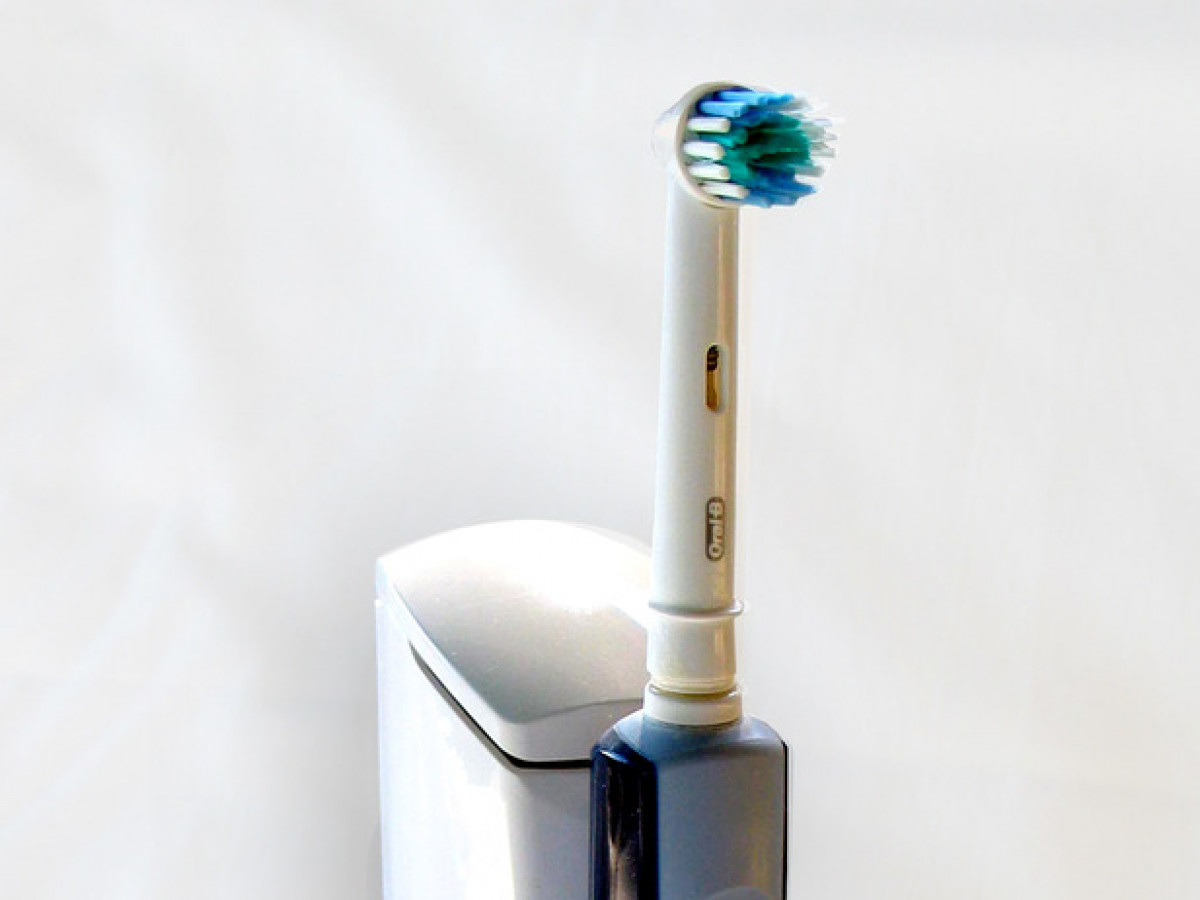
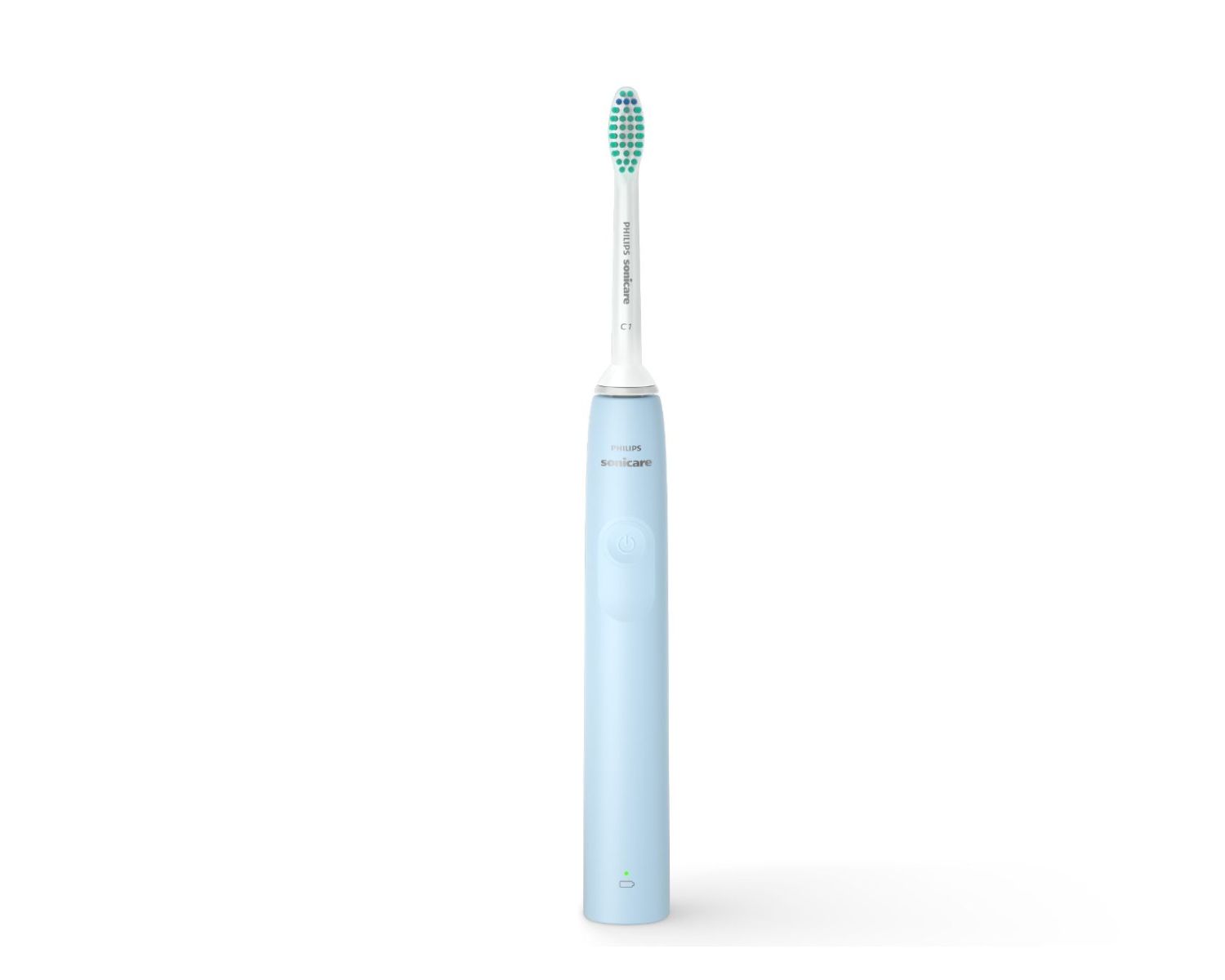
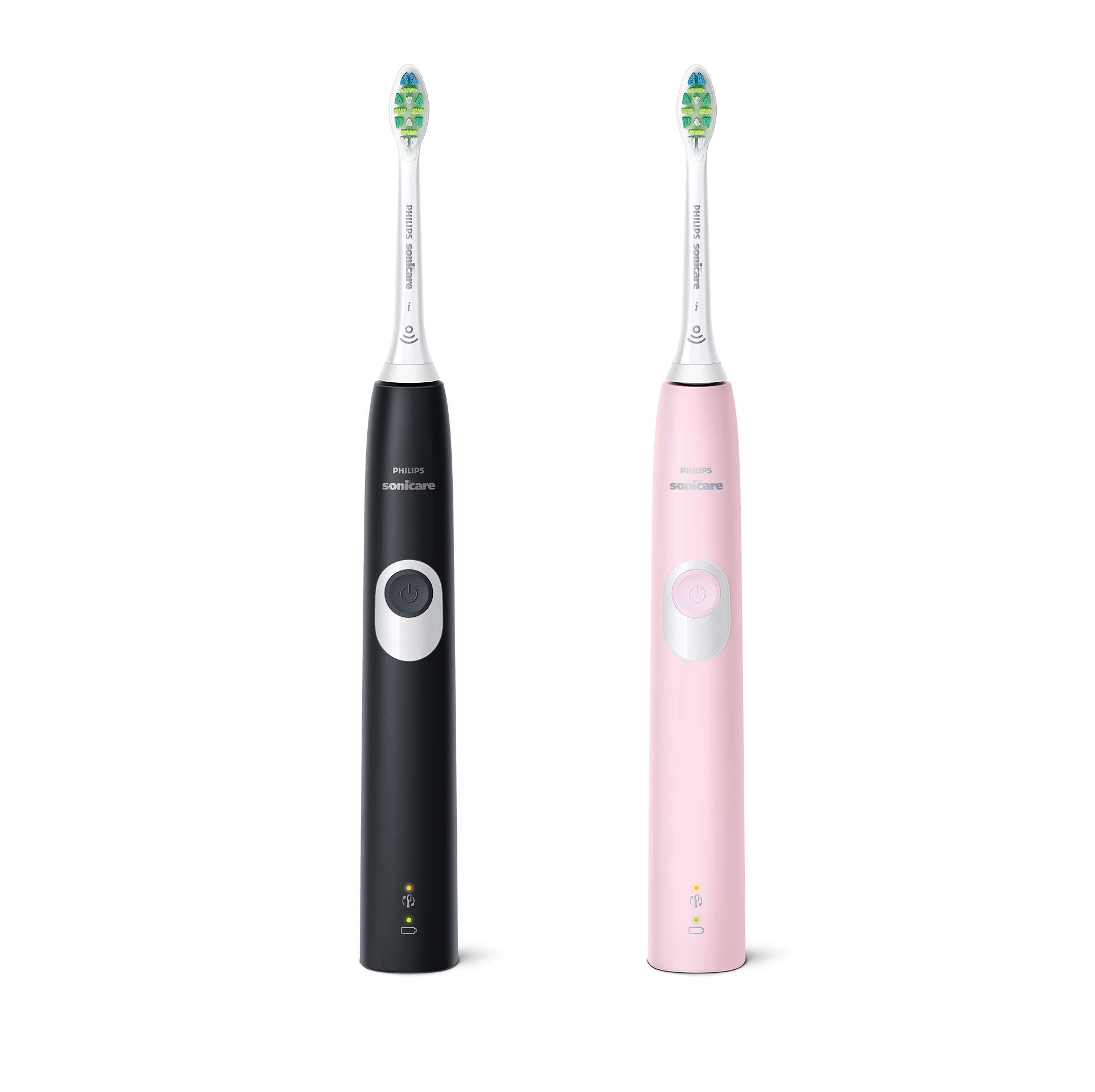
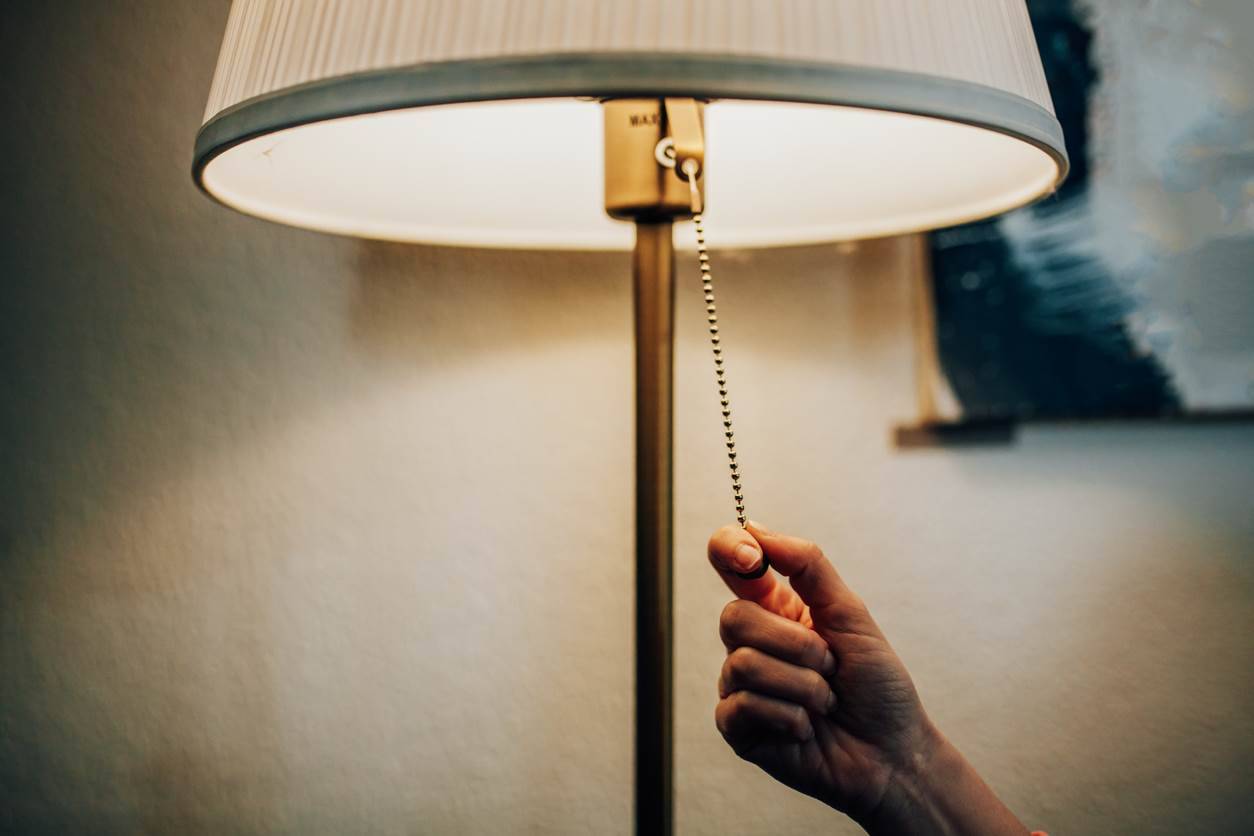
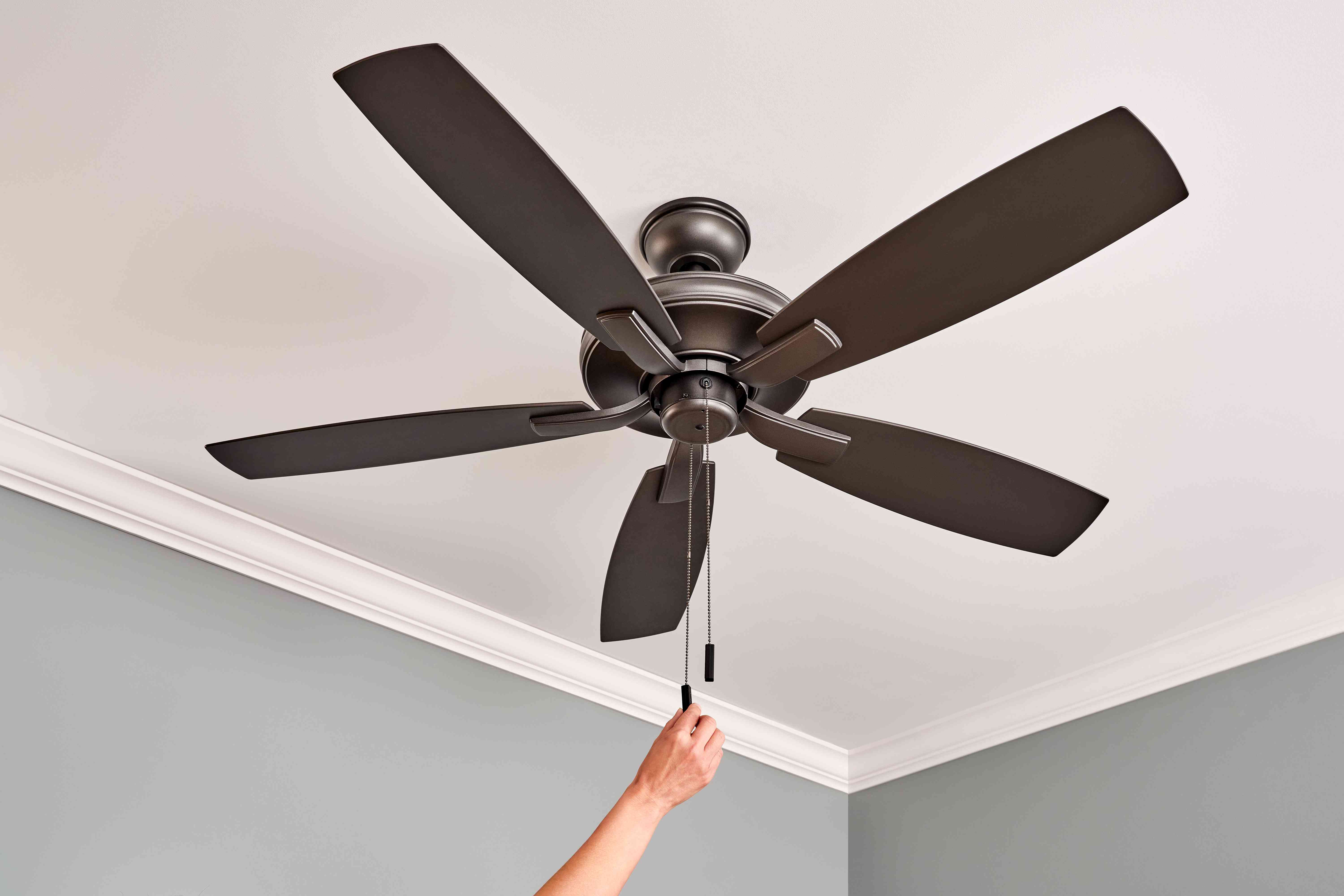
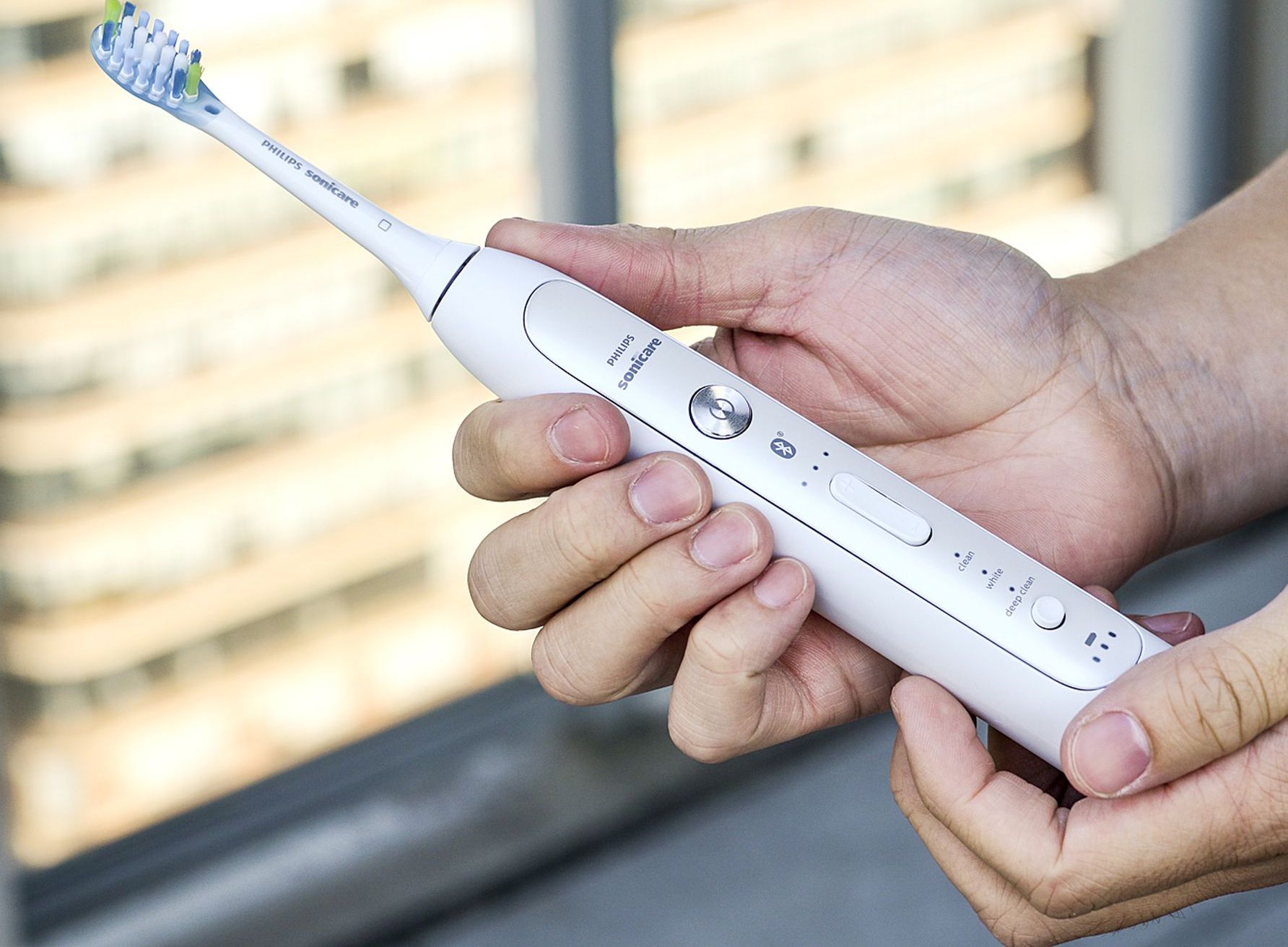
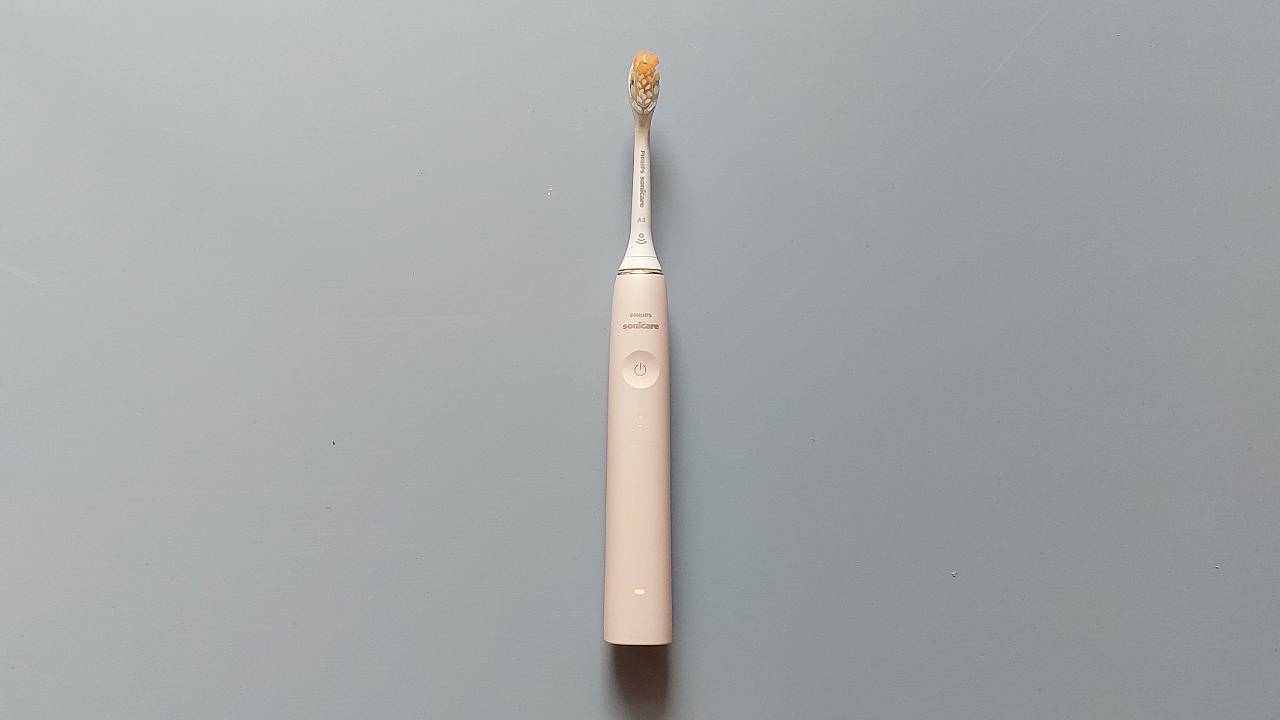
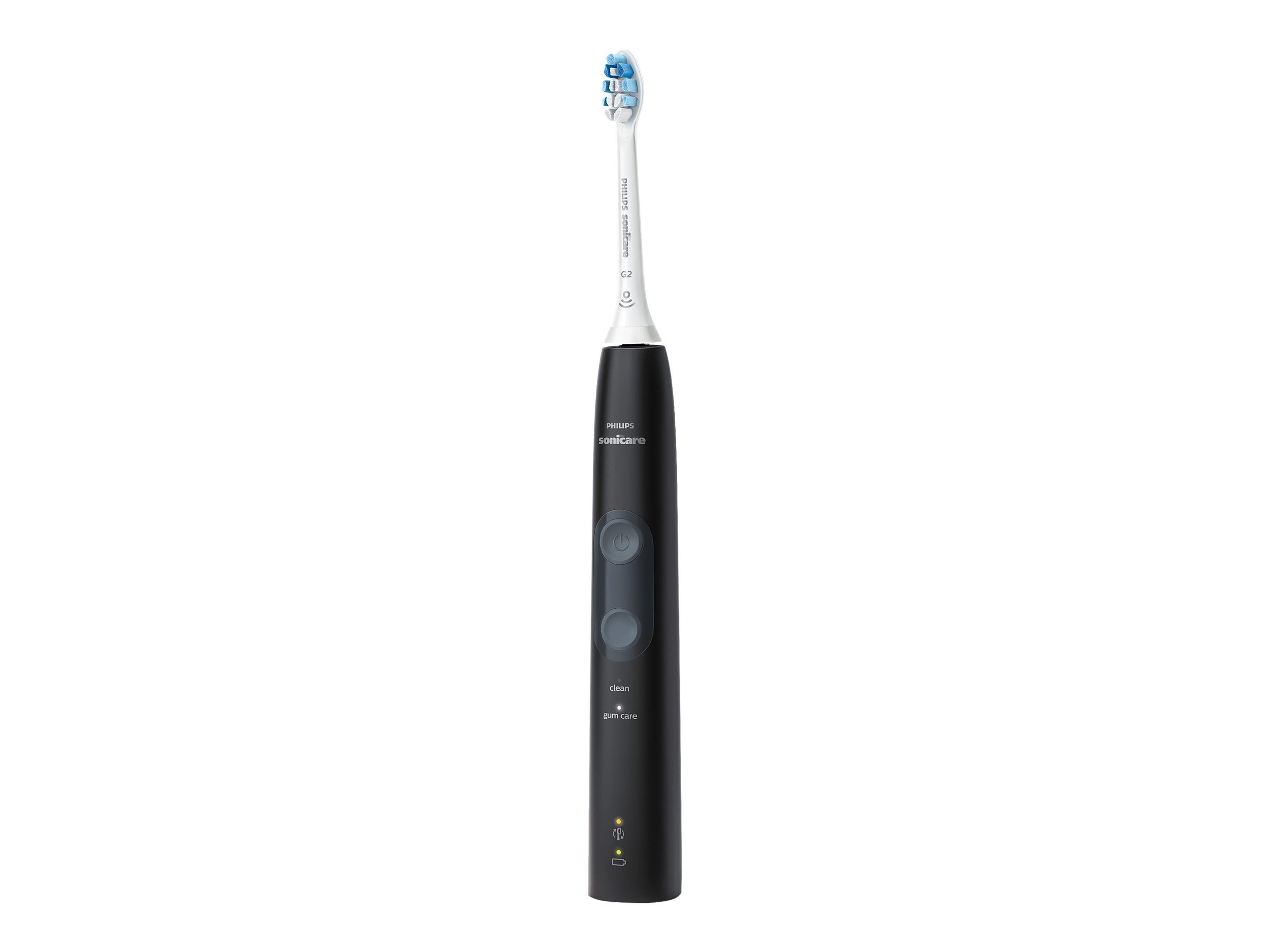
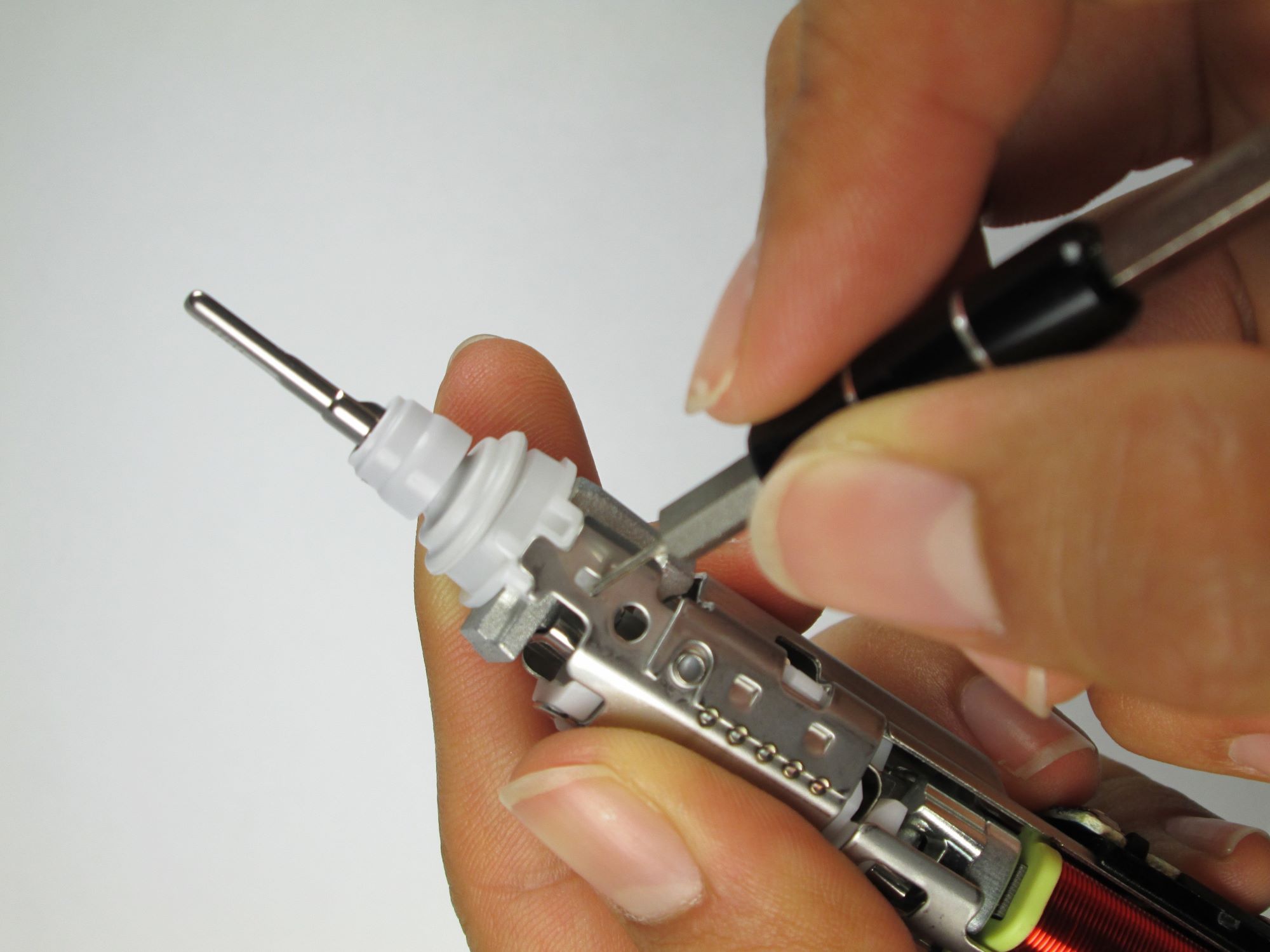
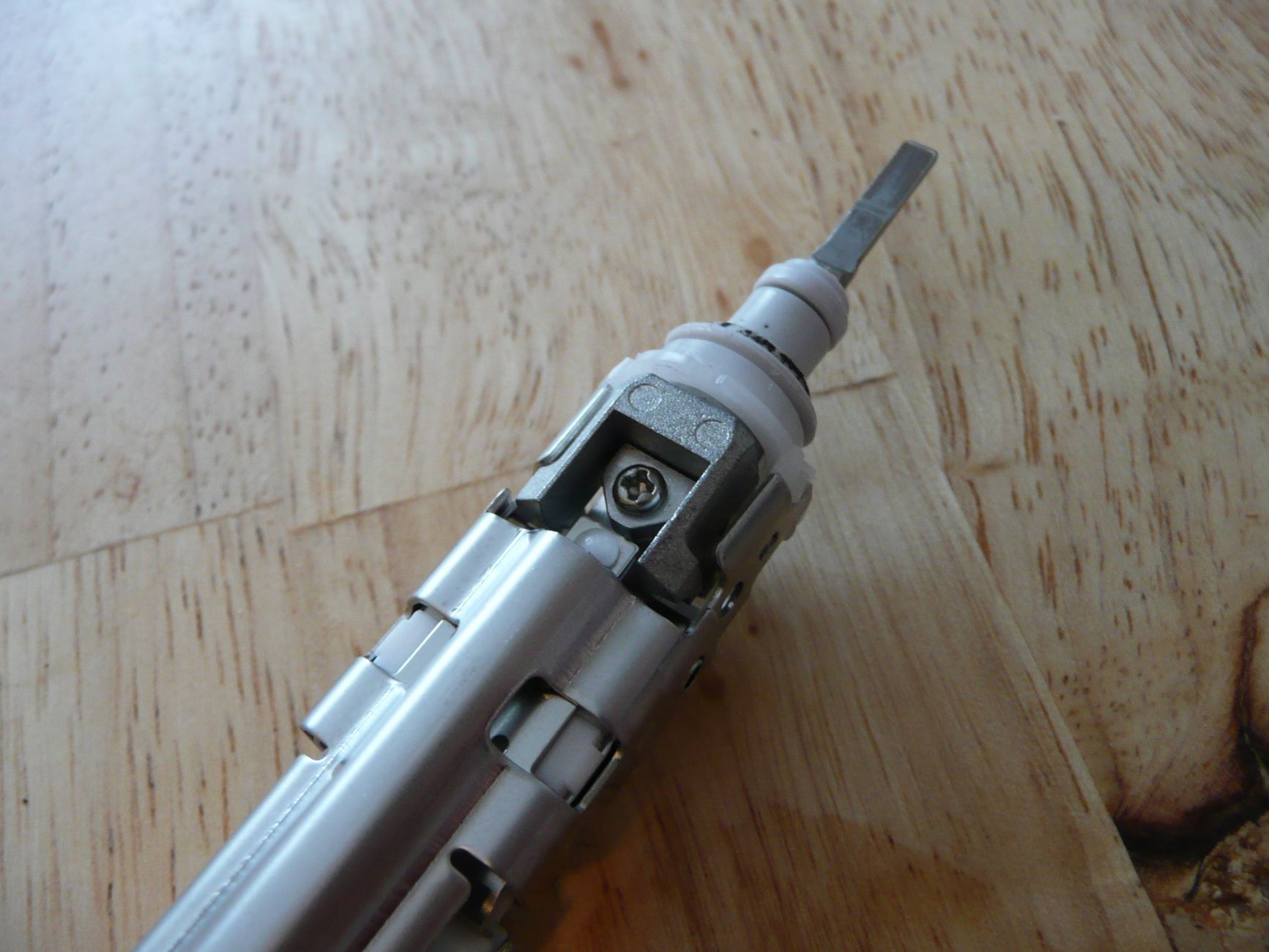
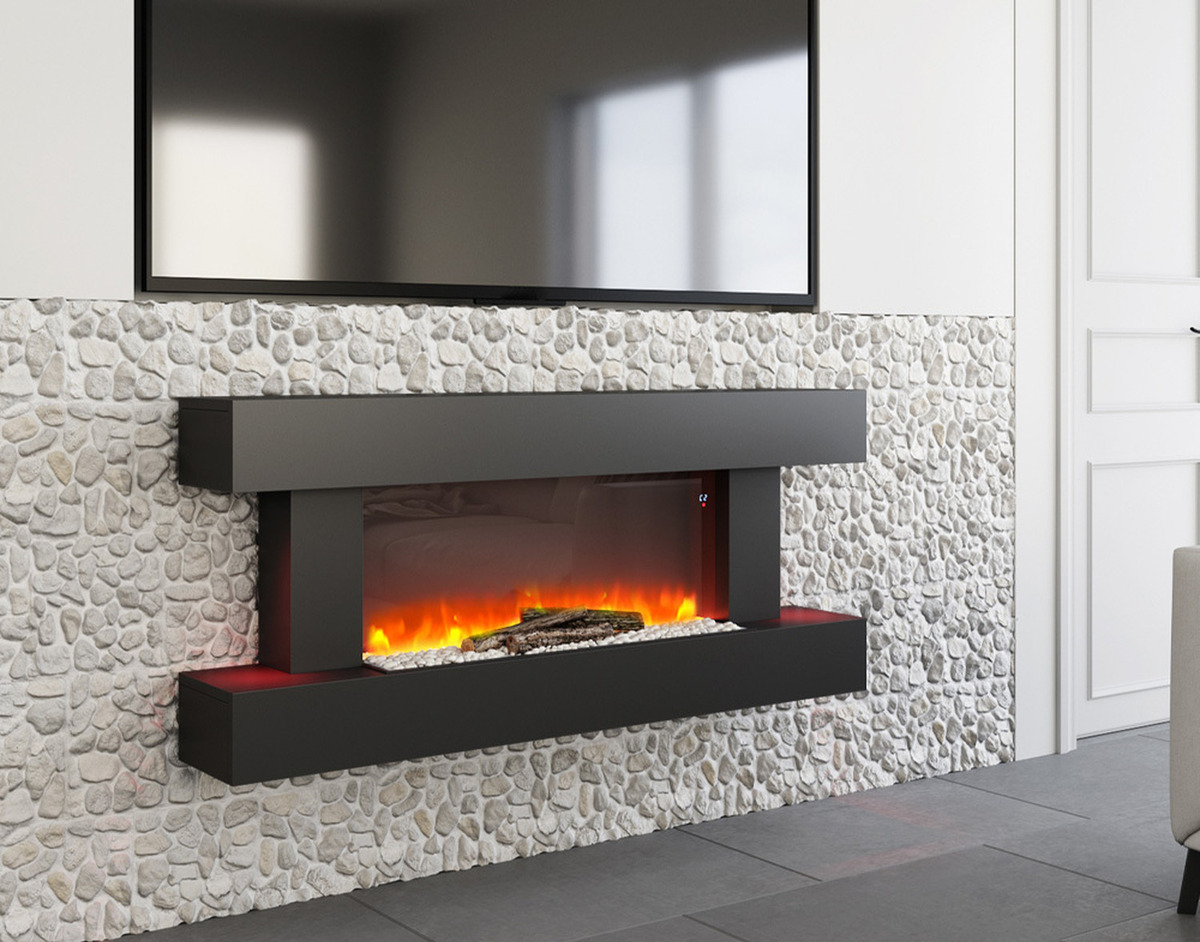
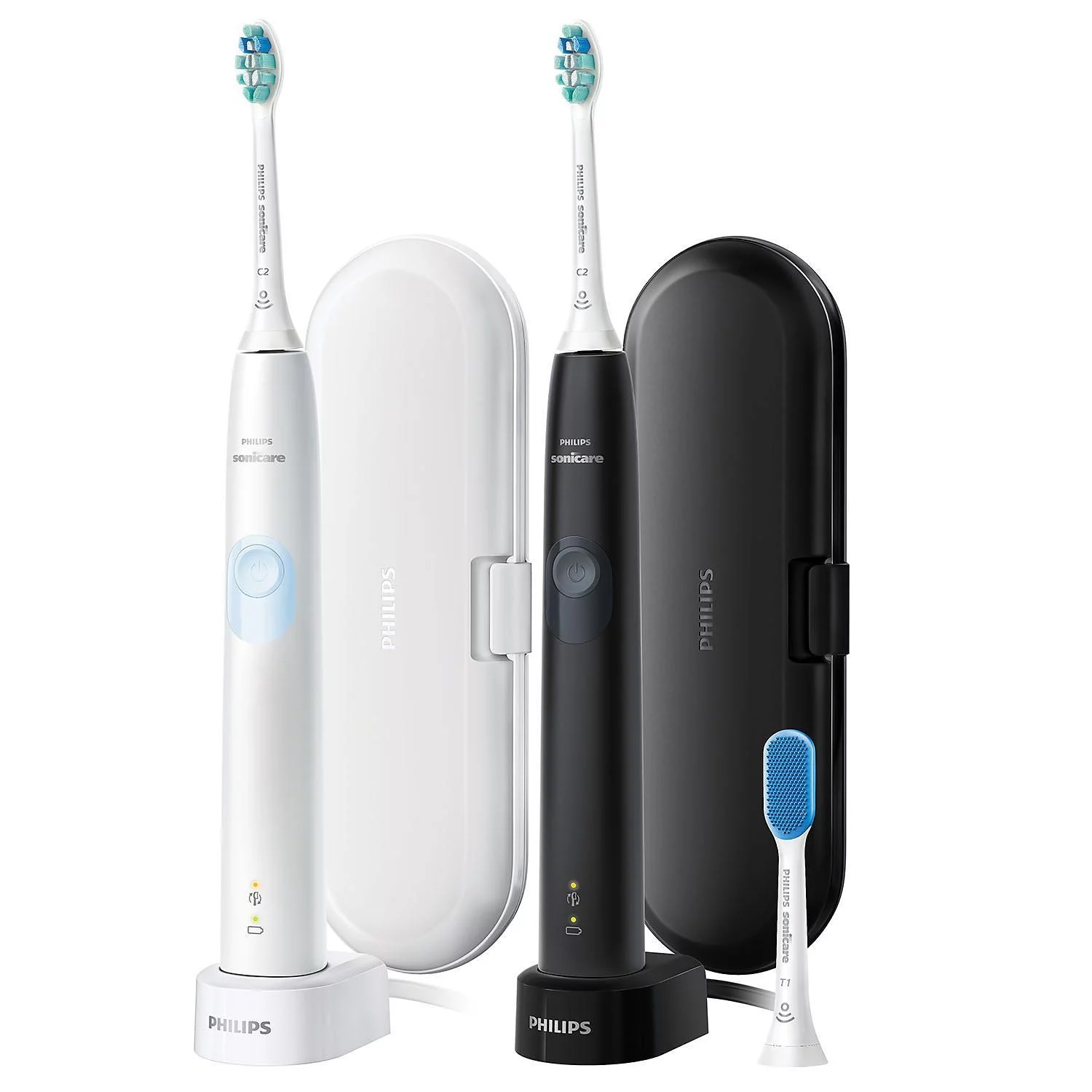
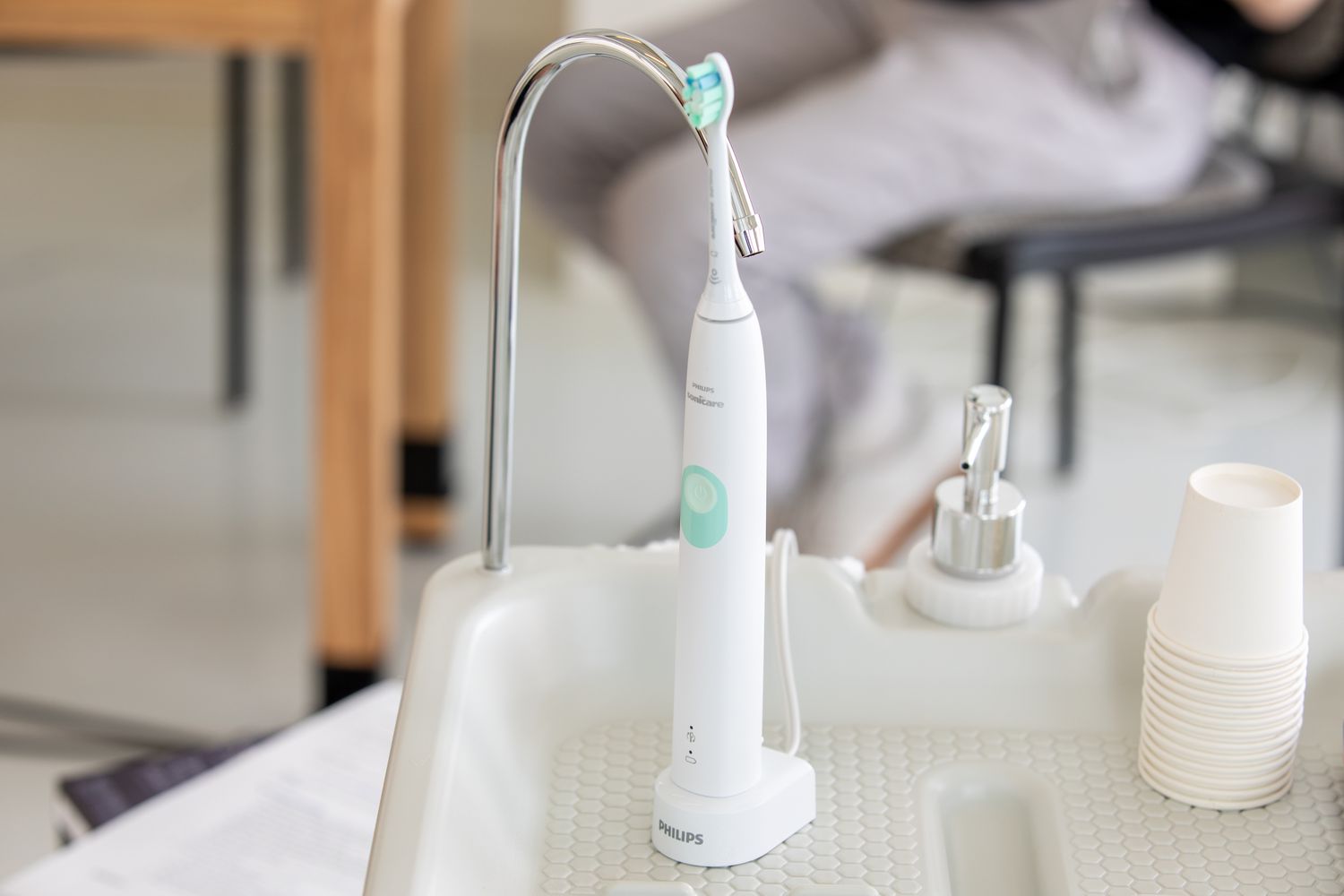
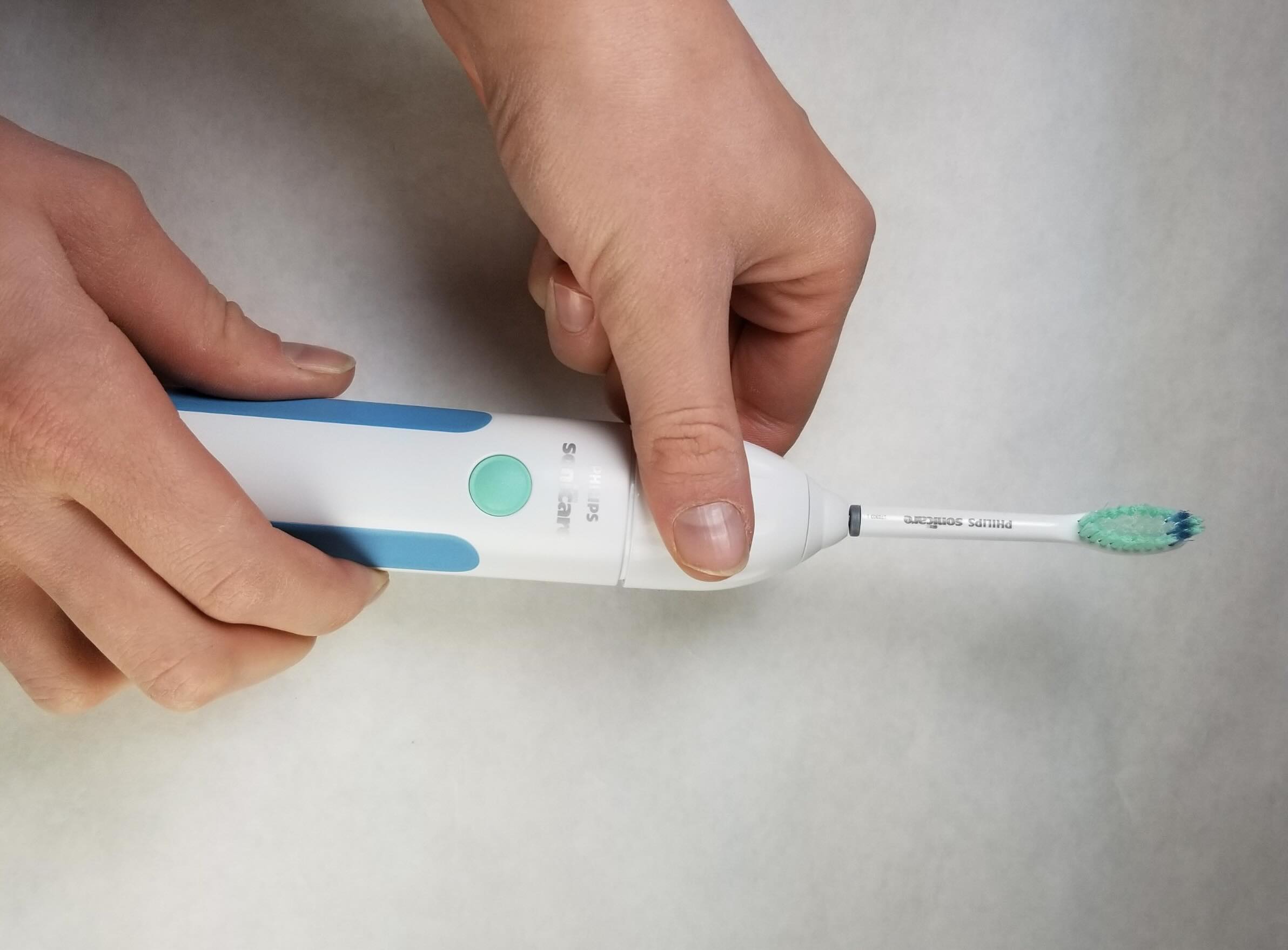
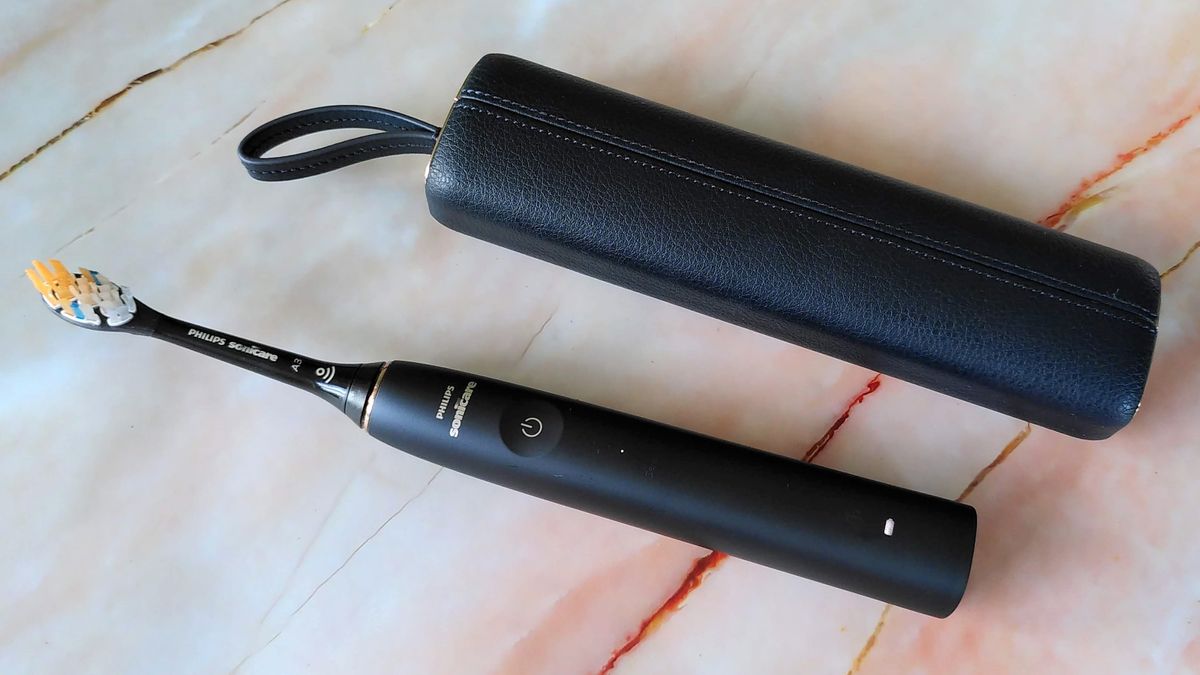

0 thoughts on “Why Does My Philips Sonicare Toothbrush Turn On By Itself?”